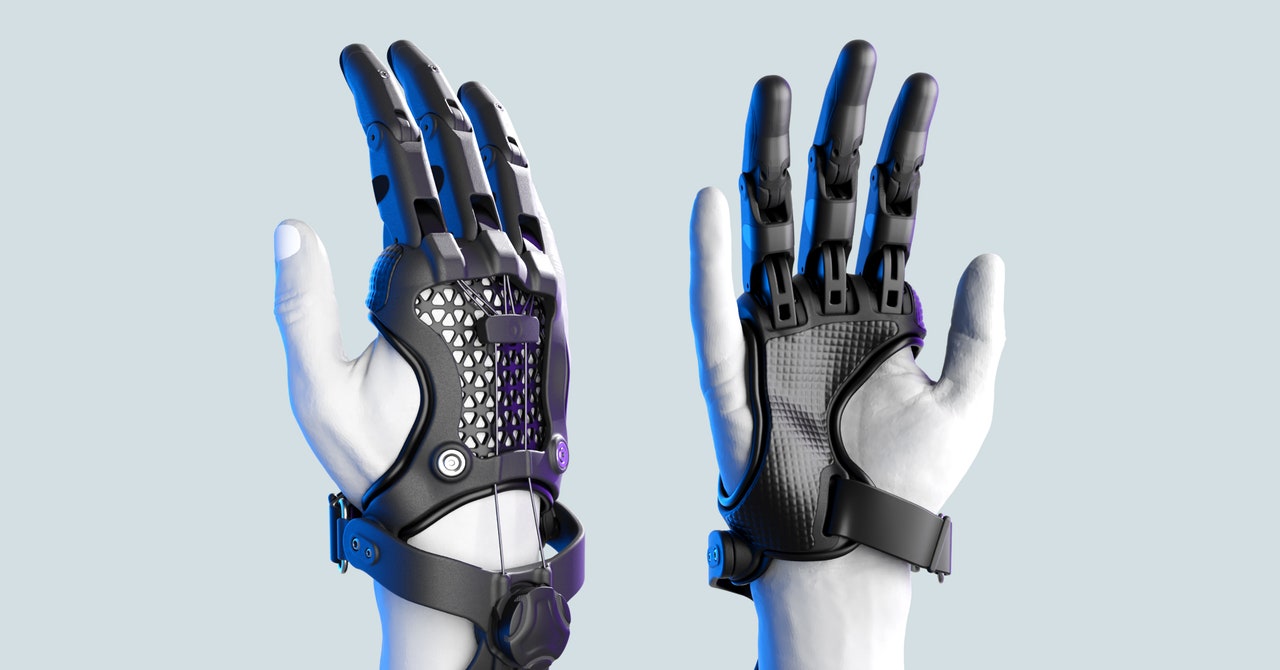
As somebody who was shoved into prosthetics earlier than they had been sufficiently old to say “Get it off,” I used to be intrigued when the superhero-style, 3D-printed prosthetic limb often known as the Hero Arm launched back in 2018. It was positively thrilling in case you had been a child who needed to be a superhero. I used to be hopeful that, after having donned a ’90s myoelectric arm—just like a pretend limb you would possibly discover backstage at an novice theater group, solely heavier—and all the opposite cumbersome limbs that haunted my previous, the Hero Arm could be the start of a way forward for extra snug, sought-after designs.
Open Bionics, the prosthetic firm recognized for the Hero Arm, just lately launched a brand new prosthetic designed for these with partial hand variations. The Hero Gauntlet permits a wider vary in dexterity for individuals who have both congenital hand variations or amputated fingers.
In contrast to the Hero Arm, which is managed by EMG sensors that measure muscle indicators, the Hero Gauntlet is managed solely by the motion of the wrist.
Video: Open Bionics
Whereas every Hero Gauntlet is customized and customized made, all are constructed utilizing Multi Jet Fusion (MJF) 3D printing, which supposedly permits for submillimeter precision. Excessive-tensile energy Nylon 12 is used for the fingers, whereas versatile thermoplastic polyurethane makes up the liner. Open Bionics claims that, as soon as fitted and operational, the Hero Gauntlet can maintain as much as 20 kilograms in hook-grip mode and a 5-kilogram fingertip load when prolonged.
Along with having magnetic interchangeable covers (you possibly can choose from 11 colours and textures) and customizable wrist and palm straps, the Hero Gauntlet makes use of the BOA tightening system—present in ski, golf, biking, and mountaineering gear—for grip tightening.
Light-weight, Simply Operated
One of many first to make use of the Gauntlet was Terry Lynch. Lynch all of the sudden grew to become a quadruple amputee after falling unwell at work and being coma-induced. When he awoke, Lynch was instructed his fingers could be amputated. After the process, he was requested by the hospital whether or not he would like a useful or beauty prosthetic; he selected useful and was given a number of totally different items of package: “Devices had been made for me, together with a glove that prolonged my grip,” he says, “however there have been no fingers, and it was coupled with a heavy opposition plate to compensate for wrist drop on my left hand.”
Unhappy along with his choices on the hospital, he started researching elsewhere hoping he would discover a prosthetic extra suited to his wants. “When my rehab had completed, I despatched a number of emails to prosthetics corporations, however couldn’t discover a appropriate various,” he says. “I had virtually given up once I found Open Bionics.”
Initially, Terry struggled to get the Open Bionics prosthetic on. “I had to make use of cream to assist it slide on, however as soon as I discovered learn how to, it fitted like a glove,” he says. He makes use of his enamel to tighten the wrist strap: “Even with no fingers I can use my arm as a stabilizer to push into it, then tighten the Velcro utilizing my enamel,” he says.
{Photograph}: Open Bionics






